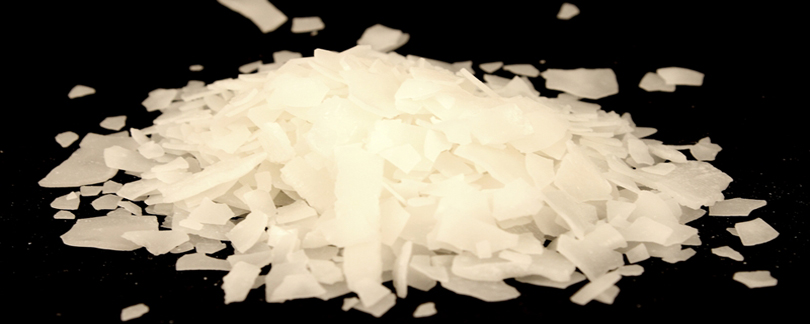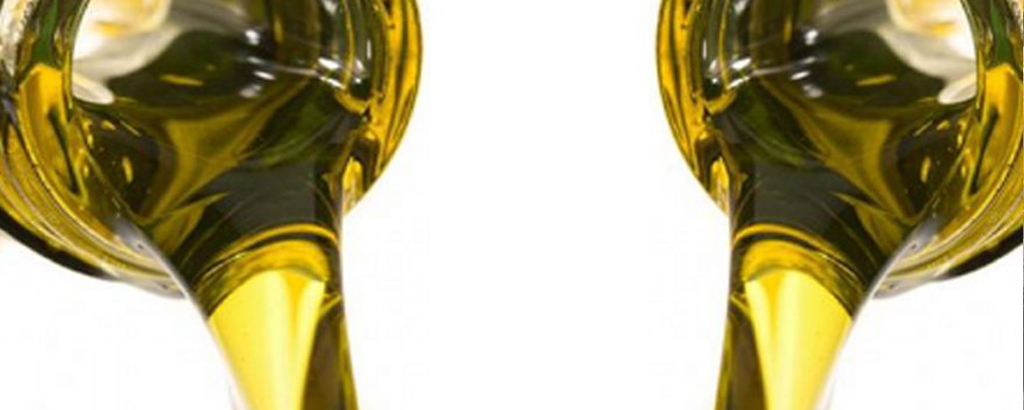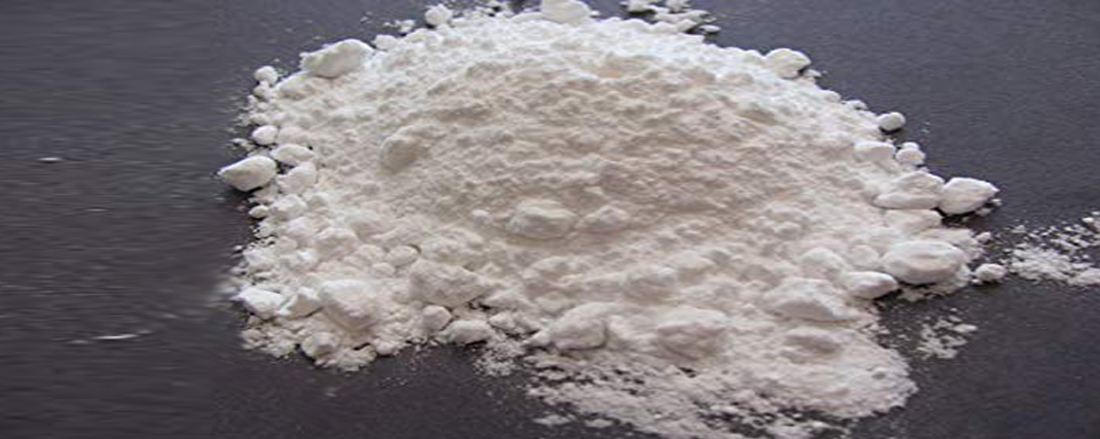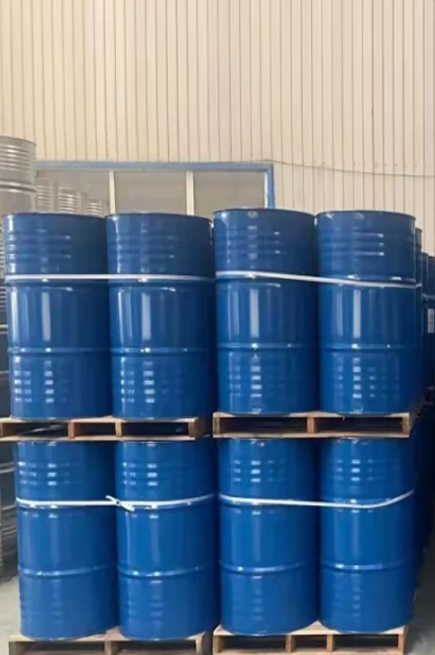kenya chemical is one of the leading Leather chemicals manufacturers and suppliers in kenya. We are supplied into various industrial markets including Household, Institutional Cleaning, Personal Care, and Industrial sectors including Oil fields, Agriculture, Lubricants, Marine Industry, Metal Working chemical industry, and Coatings markets.
Leather is a durable and flexible material created by tanning animal rawhide and skins. The most common raw material is cattle hide. It can be produced at manufacturing scales ranging from artisan to modern industrial scale. Leather is used to make a variety of articles, including footwear, automobile seats, clothing, bags, book bindings, fashion accessories, and furniture. It is produced in a wide variety of types and styles and decorated by a wide range of techniques.
The leather manufacturing process is divided into three fundamental subprocesses: preparatory stages, tanning, and crusting. A further subprocess, finishing, can be added into the leather process sequence, but not all leathers receive finishing.
The preparatory stages are when the hide is prepared for tanning. Preparatory stages may include soaking, hair removal, liming, deliming, bating, bleaching, and pickling.
Leather chemicals include chemicals used for tanning, dyeing, and retaining across various stages of the leather production process. It is a specially-formulated product, designed to impart a soft, dry feel on the leather substrate.
The following is a list of chemicals commonly used in leather making:Beamhouse and Tanyard
Biocides
Biocides prevent the growth of bacteria which can damage the hides or skins during the soaking process
Surfactants
Surfactants are used to help with the wetting back of the hides or skins
Degreasers
Degreasers help with the removal of natural fats and greases from the hides or skins
Swell regulating agents
Swell regulating agents help prevent uneven swelling of the hides or skins during liming
Lime
Lime is used to swell the hides or skins
Sodium sulphide
Sodium sulphide chemically destroys the hair on hides or skins
Sodium hydrosulphide
Sodium hydrosulphide chemically destroys the hair on hides or skins. It does not create as much swelling as sodium sulphide
Low sulphide unhairing agents
Low sulphide unhairing agents help to reduce the amount of sulphides used in a tannery thus reducing the environmental impact of tanneries
Caustic soda
Caustic soda is used during the liming process to help swell the hides or skins
Soda ash
Soda ash is used during the soaking or liming processes to help raise the pH of the hides or skins
Liming auxiliaries
Liming auxiliaries reduce the wrinkling or uneven swelling of the hide during the liming process by helping with the even penetration of the liming chemicals into the hide
Ammonium sulphate
Ammonium sulphate is used during the deliming process and helps remove lime from the hides or skins
Ammonium chloride
Ammonium chloride is used during the deliming process and helps remove lime from the hides or skins
Organic – acid deliming chemicals
Organic-acid deliming chemicals are used to replace traditional ammonium salts when deliming hides and skins. They thus help reduce the ammonium salt pollution in tannery wastewaters
Sodium metabisulphite
Sodium metabisulphite is used during the deliming process and helps prevent the formation of toxic hydrogen sulfide gas during deliming. It also acts as a bleaching agent
Formic acid
Formic acid is used during the pickling process to lower the pH of the hides or skins. It acts as a buffer and helps prevent a very low pH during the pickling process
Sulphuric acid
Sulphuric acid is used during the pickling process to lower the pH of the hides or skins. It is a very strong acid and results in a very low pH during the pickling process is used on its own
Salt
Salt is used during the pickling process to prevent acid swelling of the hides or skins
Salt-free pickling chemicals
Salt-free pickling chemicals are used to replace the traditional use of salt in the pickling process. They have a significant impact on reducing the salts present in tannery wastewaters
Sodium formate
Sodium formate is used during the tanning process to assist with the penetration of chromium tanning salts into the hides or skins
Chromium sulphate
Chromium sulphate is the tanning agent used to make wet blue
Aldehyde tanning agents
Aldehydes are tanning agents used to make wet white
Magnesium oxide
Magnesium oxide is used during basification and raises the pH of the hide or skin to allow the chromium or aldehyde to chemically bond to the skin protein
Sodium bicarbonate
Sodium bicarbonate can also be used during the basification process to raise the pH of the hide or skin to allow the chromium or aldehyde to chemically bond to the skin protein
Fungicide
Fungicides are chemicals that are used to prevent the growth of molds or fungi on tanned hides or skinsDyehouse
Surfactants / Wetting agents
Surfactants help in the wetting back of the wet blue or wet white in the dyehouse. They reduce the wetting back time and also help clean the wet blue or wet white, removing dirt or machine grease or oil
Degreasers
Degreasers help remove grease or fats that may be present on the wet blue or wet white as a result of the wet blue or wet white coming into contact with tanning machinery
Sodium formate
Sodium formate helps raise the pH during the neutralization process
Sodium bicarbonate
Sodium bicarbonate helps raise the pH during the neutralization process
Neutralizing syntans
Neutralizing syntans help raise the pH during the neutralization process
Formic acid
Formic acid reduces the pH for the re-chroming processor helps with chemically fixing dyehouse chemicals to the leather at the end of the dyehouse processes
Chrome syntans
Chrome syntans are used during re-chroming to improve the softness of the final leather and improve the dye levelness
Chromium sulphate
Chromium sulphate is used during re-chroming to improve the softness of the final leather and improve the dye levelness
Syntans
Syntans are used to give properties such as softness, fullness, roundness to the leather
Resins
Resins are used to give fullness, good lightfastness, and a tight grain to the leather
Polymers
Polymers are used to give fullness, good lightfastness, and a tight grain to the leather
Dyes
Dyes are used to giving the leather a color desired by the customer
Dyeing auxiliaries
Dyeing auxiliaries help disperse the dyes evenly giving better dye penetration and a more level color
Fatliquors
Fatliquors are oils that are added to leather to give softness to the final leatherFinishing
Acrylic resins
Acrylic resins give specific properties to the leather finish such as adhesion, water resistance
Butadiene resins
Butadiene resins give specific properties to the leather finish such as good coverage
Polyurethane resins
Polyurethane resins give specific properties to the leather finish such as good toughness and good lightfastness
Fillers
Fillers help fill small blemishes on the leather surface and prevent the leather from sticking to the embossing plate or roller when it is embossed
Dullers
Dullers help reduce the gloss of the finish
Crosslinkers
Crosslinkers are used to toughen the leather finish and improve the water-resistance properties of polyurethanes
Handle modifiers
Handle modifiers are used to give the leather surface a waxy or slippery feel and help improve some of the test performance results
Nitrocellulose lacquers
Nitrocellulose lacquers are used in the topcoat of a leather finish
Acrylic lacquers
Acrylic lacquers are used in the topcoat of a leather finish
Polyurethane lacquers
Polyurethane lacquers are used in the topcoat of a leather finish
Viscosity modifiers
Viscosity modifiers are used to increase the viscosity of a finished mixture
Pigments
Pigments are colouring agents that help hide defects on the leather surface
Dyes
Dyes are coloring agents that are used to slightly change the color of the leather finish or to give the leather finish a more natural look
Defoamers
Defoamers are used to prevent bubbles from forming in the finished mixture
by-product types
Biocides
Surfactants
Chromium Sulfate
Polyurethane Resins
Sodium Bicarbonate
Others-types
by-applications
Footwear
Upholstery
Garments
Leather Goods
Others
Others-apps
We are trying our best to supply every chemical you may wish to buy. However, if there is something you can’t find, feel free to contact us and we will find just what you are looking for and offer you a competitive price. For more information or to request a particular product, call customer services or Given website Email address.
mail@kenyachemical.com





